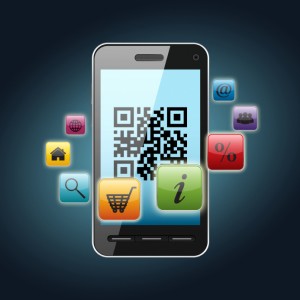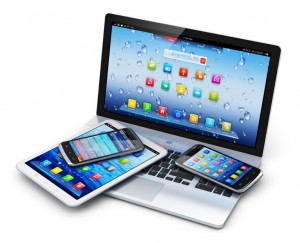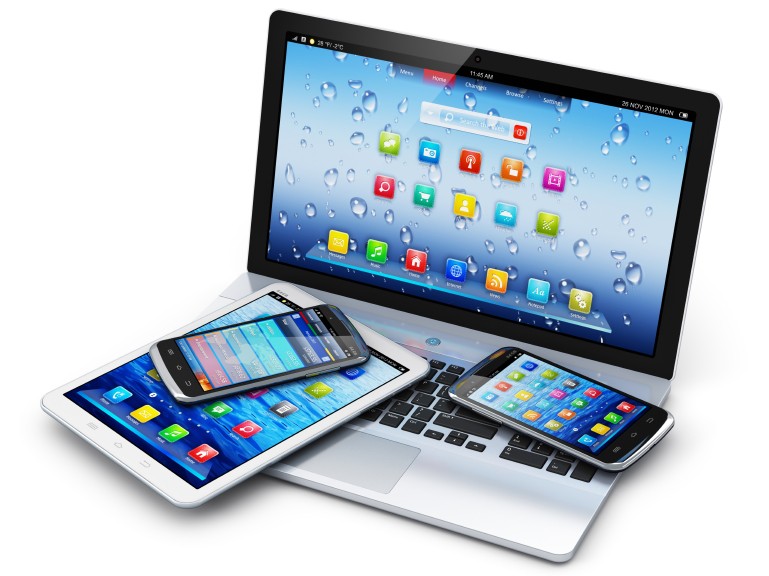That was the theme of a conference I attended in London last week.
Is print finished? 
It is transforming and is a crucial element of the digital media world we live in.
Print is the first touchpoint for the recipient to touch, feel, read and even smell before they enter the digital world.
Surprisingly of the eleven speakers, not one tried to bury print.
I was expecting at least one speaker to talk about the demise of print but whilst everyone in the audience and speakers agreed that print has declined in the newspaper sector, the opposite is happening in magazines, direct mail and general print.
In 2015 £13.9 billion was spent on print, in 2010 it was 14 billion so print is holding its own during one of the most turbulent economic climates we’ve experienced in the last thirty years.
 Print is adapting and so are the manufacturers of print who recognise the need to provide a digital and physical version for people to consume content.
Print is adapting and so are the manufacturers of print who recognise the need to provide a digital and physical version for people to consume content.
Content producers are all too aware that it is the content that matters and not the medium.
Producing content means we really need to think about the audience. Are they mobile users and internet-based or do they prefer the written word?
Measuring consumer engagement for example how long they spend reading content is far more relevant than where they actually consume it, in print, in digital format on the web or via mobile device.
Print is not necessarily better than digital it is simply another way of consuming information and is demographic dependent.
Deloitte discovered that while we may  perceive that books are on the decline the reverse is true. 8% were in favour of physical books rather than e-books.
perceive that books are on the decline the reverse is true. 8% were in favour of physical books rather than e-books.
A tablet offers an immediate immersive reader experience, print is a slow burner.
One of the main characteristics that were highlighted at the conference were the statistics demonstrating people’s desire to slow down and enjoy content rather than feeling compelled to consume it instantly.
Reading content on a phone or tablet is quick and responsive it also comes with a heap of distractions leaving you anxious and stressed.
Reading physical print you ‘make time’, tablets and smartphones it is about ‘fill time’.
Advertising messages tend to be forgotten because the mobile experience is faster but is stressful as we are under fire from popups and ads.
Whether content is read on a tablet or in print the emotional reactions to the content tend to be similar but it is the actual content that determines how and where we consume it.
 Platform VS content drives how it is read.
Platform VS content drives how it is read.
Make content snackable or bite-sized in a digital format is easier to digest. Physical print is easier to read for longer periods and there are no distractions.
Digital technologies allow a brand to use more personal touchpoints to engage with the audience and in a self-centred world, it is about building relationships through personalisation.
Take Coke’s branded bottle campaign of 2014. What a great example of the benefits of personalisation.
Personalising individual bottles with Christian names led to a 7% increase in consumption, a 2.1% increase in sales and 18.3 million impressions.
Coke’s marketing goal was to engage with a younger audience and they achieved this by making it personal and individual.
The physical printing of names on the bottle created greater engagement, interaction and differentiation.
Digital brands notably Google, Net-A-Porter, Apple, Facebook, Linkedin and Airbnb are some of the large brands combining print with their digital marketing.
The tech companies insist that the best way for brands to reach consumers is via digital communications, they too have seen the benefits of print advertising to connect with audiences.
Google, in 2013 spent £5m on outdoor advertising and £3.5m on press ads, likewise LinkedIn created a direct mail pack in 2014 to announce it had reached 15 million UK subscribers and to promote the launch of its student hub after it emerged that students were one of its fastest-growing cohorts.
Print is meaningful, emotional and enhances the reading experience.
In 2014, we spent £1.3 bn on magazine media with 73% of the adult population subscribe to a monthly magazine, in either digital or paper format.
Leading magazine brands are writing their exclusives in print and delivering snippets of information via social media. Vogue magazine has an estimated viewing time online of 9.02 minutes with an average of fifty minutes per issue readership.
Microsoft concluded from research that the changing nature of attention has now decreased from 10 to 8 seconds on a mobile device. This means if the advert is irrelevant or doesn’t hit the spot then the reader leaves.
The argument should not be focused solely on if digital or paper is better. It should be how to effectively monopolise both formats used together coupled with the right platform to deliver the marketing message.


